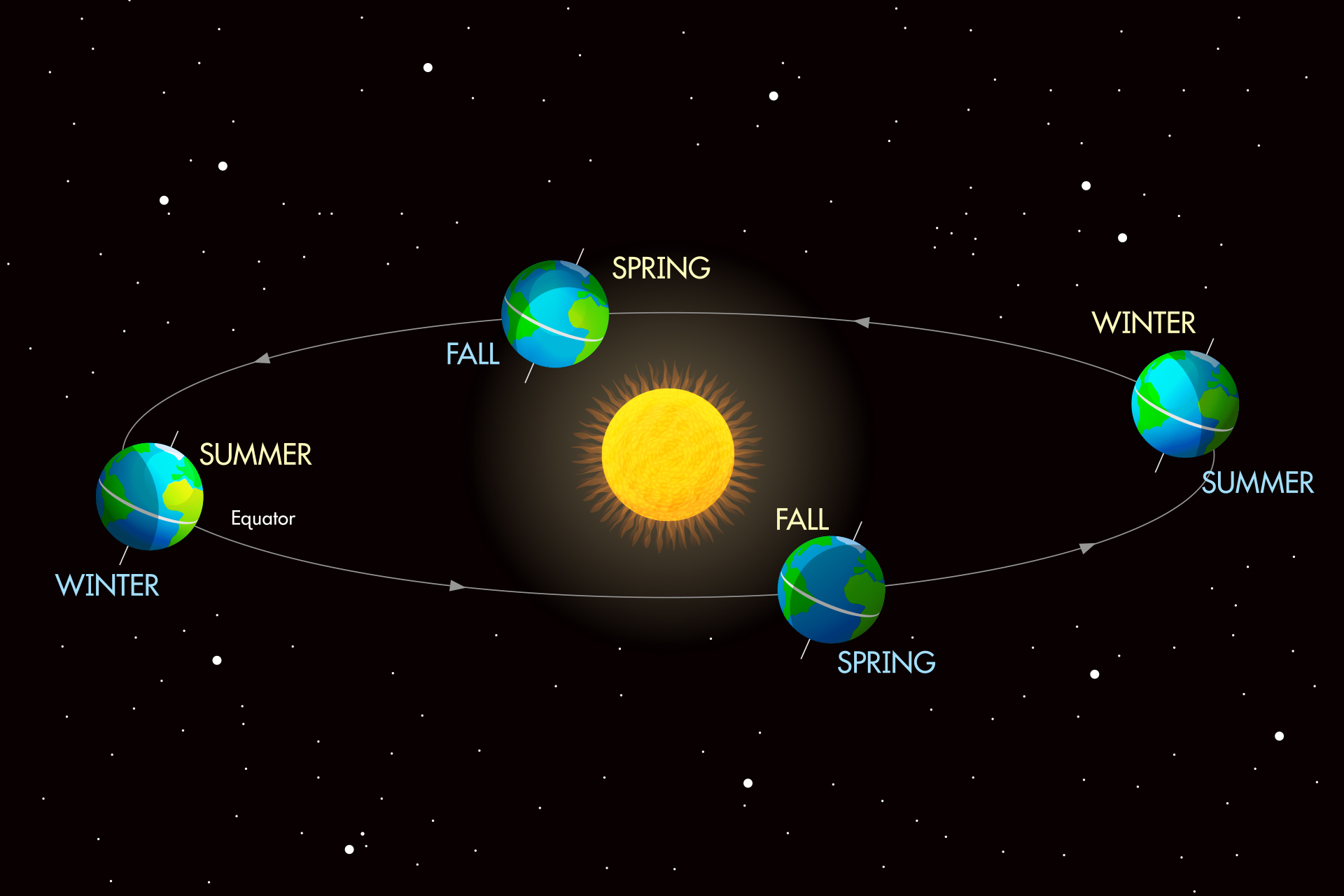Why northern hemisphere is more cooler than southern hemisphere
The distribution of landmasses, ocean currents, and numerous atmospheric elements are the primary causes of the temperature difference between the Northern Hemisphere and the Southern Hemisphere. The following are some important reasons why the Northern Hemisphere is often cooler than the Southern Hemisphere:
1.Landmass Distribution: In comparison to the Southern Hemisphere, the Northern Hemisphere has a bigger landmass. Water takes longer to warm up and chill down than land does. In the summer, the Northern Hemisphere’s land can become quite hot, whereas the Southern Hemisphere’s bigger share of ocean keeps its temperatures more stable.
2.Ocean Currents: Ocean currents play a crucial role in distributing heat around the planet. The ocean currents in the Northern Hemisphere, particularly the Gulf Stream and the North Atlantic Drift, transport warm water from the equator toward higher latitudes, contributing to milder temperatures in places like western Europe. In contrast, the ocean currents in the Southern Hemisphere have fewer land barriers to their movement, allowing them to circulate more freely around Antarctica and moderate temperatures.
3.Atmospheric Circulation: The Earth’s atmospheric circulation patterns, like the jet streams and prevailing winds, also contribute to temperature differences between the hemispheres. The Coriolis effect, caused by the Earth’s rotation, influences these circulation patterns. In the Northern Hemisphere, the polar jet stream tends to meander more, allowing for colder air from the Arctic to flow southward and influence temperatures.
4.Altitude and Topography: The distribution of mountain ranges and high-altitude areas can influence temperature differences. The Northern Hemisphere has some of the world’s tallest mountain ranges, such as the Himalayas and the Rocky Mountains, which can trap colder air masses and lead to lower temperatures.
5.Human Activity: The Northern Hemisphere often has a higher concentration of human population and industrial activity. Local and regional temperatures can also be impacted by urbanization, deforestation, and other human-related issues.
Despite the fact that the Northern Hemisphere typically experiences colder temperatures than the Southern Hemisphere, there are certain outliers because of the intricate nature of the Earth’s climate system. Additionally, a combination of these elements may have an impact on the regional climate of either hemisphere, changing temperature trends in certain locations.
Visit home to read more interesting topics, kindly subscribe to our channel.




